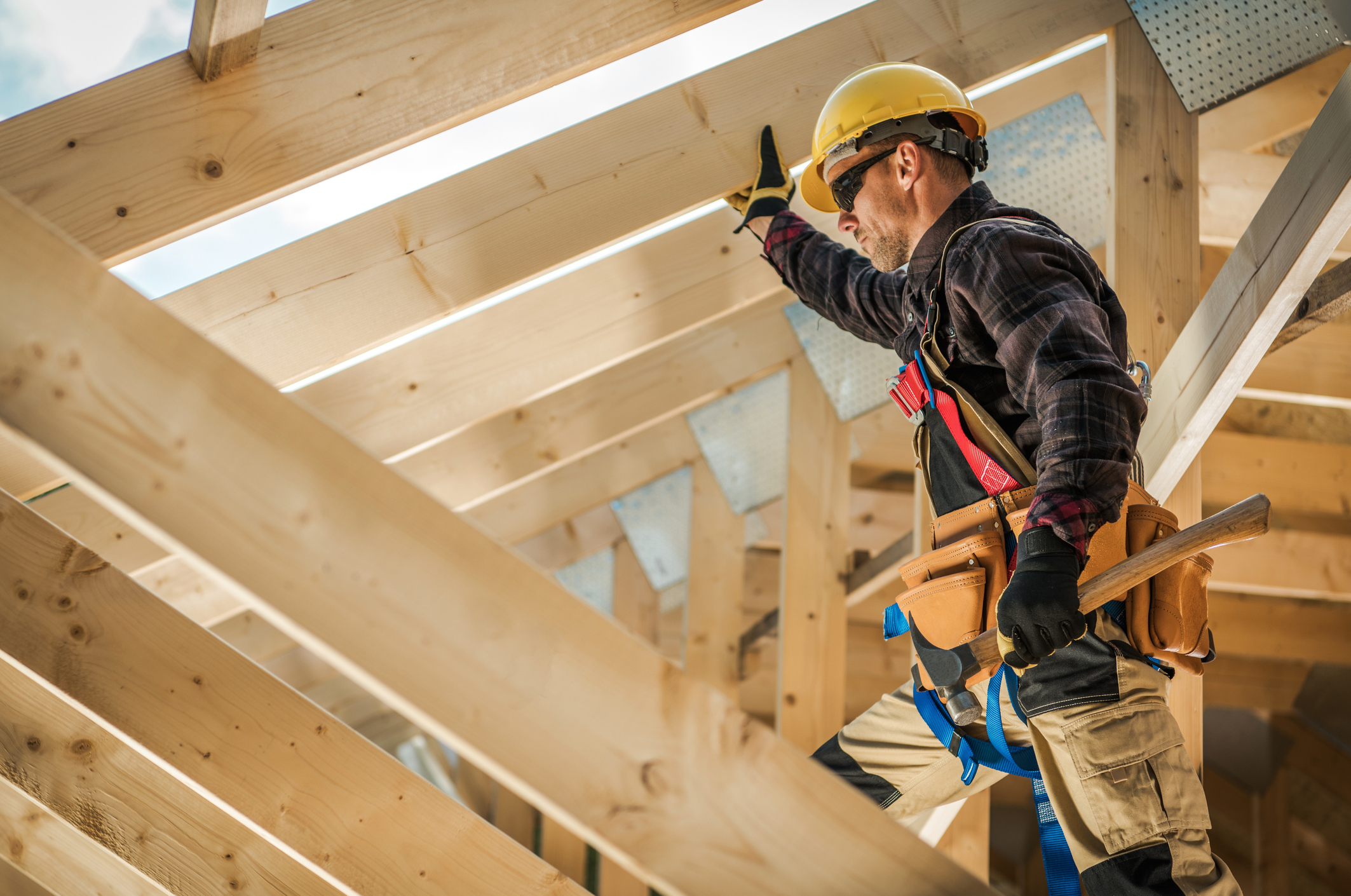Creating a conscious and robust safety culture is essential to the bottom line. A history of, and reputation for, stringent safety protocols will help contractors win more bids and reduce potential exposure to costly fines.
Now is not the time to be complacent, even for contractors with a clean, or relatively clean, safety record. Situations are changing and, in some cases, better, safer and more efficient options are becoming available. There are three areas of concern that deserve construction executives’ close attention.
SAFETY GLASSES OR FACE SHIELD CONCERNS IN THE WAKE OF COVID-19
Facial and eye injuries can occur any time a worker is nailing, cutting, grinding, welding, working with concrete or handling hazardous chemicals. Now with COVID-19 protocols requiring face coverings, there is an unanticipated aggravation: fogged safety glasses.
This is making it challenging for workers to maneuver around a jobsite and complete their tasks. Meanwhile, safety professionals are trying to maintain company compliance and jobsite superintendents are trying to both enforce the COVID-19 rules and get the job done safely.
In this difficult situation, the best recourse is not to skimp on safety glasses. Give workers good glasses so they will wear them and stay protected. Look for glasses that have anti-fog technology embedded in the lenses, not just coated. The coating will be slowly wiped away with use, especially if alcohol wipes are used, and will have to be replaced.
REINFORCE SCAFFOLDING SAFETY PRACTICES FREQUENTLY
OSHA reports that 72% of scaffold-related injuries are attributed to slips, the planking or support giving way, or to falling objects. These risks can be managed with ongoing safety training and frequent inspections. Inspecting rigging on suspended scaffolding before each shift and throughout the day helps ensure worker safety.
Remind workers not to leave objects on scaffolding at the end of their shifts and to be aware of others working below them at all times. They should not attempt to climb onto a scaffold while carrying tools or materials. Tethering tools and equipment is a best practice and should be implemented on all projects.
No one should ever work on scaffolds until they are tightly planked with scaffold plank-grade material or the equivalent, and the guardrails are secured. Likewise, remind workers never to overreach outside the scaffolding guard rails.
BEEF UP FALL PROTECTION
Falls remain the leading cause of construction-related fatalities. In addition to deaths, falls can result in lacerations, head injuries, broken bones and workers becoming paralyzed.
Use the correct ladders for each task, abiding by the load rating and making sure they are tall enough to safely reach the work area. Mitigate slippery conditions immediately.
It may be tempting to assume wooden safety rails are sufficient if they are built according to OSHA’s Non-Mandatory Guidelines for complying with 1926.502(b). But workmanship varies. Any non-engineered system is only as good as the carpenter building it. In addition, there are injury risks of lacerations and other injuries associated with job-built wood railings, in part due to the number of people and tools involved in constructing them.
Engineered systems are low risk because they are already built to construction-grade standards. Engineered systems can also provide peace of mind because they make it tougher for crews to cut corners. Just choose carefully. Lightweight powder-coated steel corrodes, rusts and bends. Cast iron bases crack. There are now safety rails made with 13-gauge hot-dipped galvanized steel, the same material used to construct heavy duty scaffolding. As an added safety feature, some rapid-install systems are also designed so workers can visually see if they are properly connected.
Source: Construction Executive








